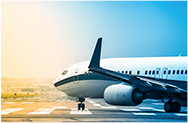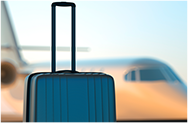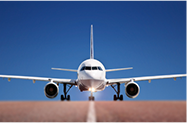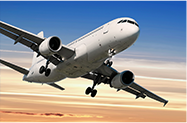Chile, one of the longest countries in the world, is home to some of the most extreme landscapes in the Southern Hemisphere, mainly due to its sheer length—stretching more than 2,670 miles from top to bottom. That means desert, mountains, glaciers, beaches, and vineyards, all usually within a few hours’ drive of each other. While three attractions lure in the majority of tourists (the Atacama Desert in the north, the wine country in the middle, and the snow-capped Andes of Patagonia in the south), there are plenty of hidden gems to discover in Chile.
Besides the obvious (wine tasting, skiing, hiking), Chile offers isolated beaches, gorgeous hot springs, wildly distinct architecture, a diverse food scene, and much more. These are the best things to do in Chile.
Follow the W Circuit in Torres del Paine National Park
Located toward the bottom of Chile, the wild and remote Torres del Paine National Park feels like the end of the world. This park is packed with stunning scenery, from the iconic jagged peaks surrounding the brilliantly colored Mirador Las Torres to the sprawling Grey Glacier.
Fortunately, there’s a simple way to see the highlights of Torres del Paine—all you have to do is follow the well-trodden W Circuit, a popular hike that starts at the east end of the park and traces its way through the mountain valleys before finishing in the west. Opt to camp along the way or retreat to luxury hotel rooms at night.
Chase Down the Churches of Chiloe

If you’ve seen one old cathedral, seen them all, right? The extraordinary wooden churches of Chiloe Island (16 of which are UNESCO World Heritage Sites) will topple your preconceptions with their unorthodox constructions, bright colors, nontraditional symbolism, and intricate interior woodwork. Most of the churches are readily accessible, others far more remote, but the journey to each of them is part of the fun.
Some of our favorites (Tenaun, Castro, Chemchi) shake up the status quo with blue, yellow, and purple facades—an abrupt and beautiful clash of color with the deep-green countryside of the island—and each one offers its own unique architecture and interiors. Chiloetnico, based in the island capital of Castro, offers several eco-sensitive church excursions, including by bike, but it’s fun to drive around to many of them as well.
Meet Chile’s Renegade Winemakers
Chile produces some of the New World’s best (and most affordable!) wine, so it’s unsurprising that tasting is on most folks’ itineraries. But while the majority of oenophiles head toward some of the country’s most well-known wine regions—the Maipo, Colchagua, and Casablanca Valleys—you should head a few more hours south to the up-and-coming Maule Valley, about 224 miles below Santiago, where a group of renegade winemakers is producing extraordinary wine while bucking traditions around every turn.
What’s great about tasting here (besides the lack of lines) is that a lot of these independent-minded boutique winemakers run the show every step of the way, from hand-harvesting the grapes right down to pouring the wines for you (and, in our case, even running down to the cellar and labeling a few purchased bottles themselves). There are No tasting rooms, wine clubs, or winery-branded backscratchers—just fabulous face-to-face experiences with the winemakers. Get Your Guide offers a variety of tours to the area, so you don’t have to worry about driving.
Meet Penguins in Southern Patagonia
There are plenty of places to spot adorable penguins in Chile, so narrow it down by deciding which type of penguin you want to see. If you’re hoping to visit the King Penguin (the second largest penguin species after the Emperor), head to the aptly named King Penguin Park, the only place in South America where these majestic creatures live.
If you prefer more pocket-sized penguins, head to Punta Tombo, home to South America’s largest Magellanic penguin colony.
Kayak Through Misty Fjords
One of Chile’s best private parks is Pumalín Douglas Tompkins National Park, founded by American conservationist (and co-founder of The North Face) Douglas Tompkins and his wife, Kristine McDivitt Tompkins. It protects a more than 994,000-acre patch of pristine Patagonian landscape along the Pacific coastline. Multi-day sea kayaking expeditions are a major attraction in the park, which is full of steep green fjords, waterfalls, sea lion colonies, natural hot springs, and gorgeous snow-capped scenery.
Take a Cooking and Wine Course
Chilean cuisine isn’t as famous worldwide as some of its neighboring countries’ food. Once you land, you’ll discover what you’ve been missing out on—and there’s nobody better to introduce you to the delicacies found here than chef Pilar Rodriguez, who runs her namesake Food & Wine Studio in Chile’s Colchagua wine valley.
Neither a full-blown cooking course nor a wine course, Rodriguez’s offering concentrates on the marriage between the two. Her ceviche alone is worth the 2.5-hour trip south from Santiago, but it doesn’t get much better for foodies than a day with Pilar surrounded by the gorgeous vineyards of the Colchagua.
Channel Your Inner Robinson Crusoe
Way out there, more than 400 miles off the coast of central Chile, the volcanic Juan Fernández Archipelago remains a new frontier. The group of three islands, a national park, was made famous as the spot where castaway Scotsman Alexander Selkirk toiled away for years in Daniel Dafoe’s “Robinson Crusoe.”
The sleepy fishing village of San Juan Baptista is the only town and is located on Robinson Crusoe Island. From here, you can set out for the island’s main attractions: world-class scuba diving and excursions to observe the Juan Fernandez fur seal, the only native mammal in the vicinity. Diving, trekking, kayaking, and fishing trips can be arranged in San Juan Baptista.
Follow the Pablo Neruda Trail
Fans of Chile’s most beloved poet, Pablo Neruda, can retrace his steps from one home to the next. Start with his Santiago property, La Chascona, a hideaway he had built in Barrio Bellavista to escape to with his mistress, Matilde Urrutia (who later became his third wife). In Valparaiso, 75 miles northwest of the capital, there’s the five-story La Sebastiana, where Neruda enjoyed stunning ocean views complemented by the city’s colorful houses dotting the hillside. The poet’s largest home was a seaside getaway in Isla Negra, 53 miles south of Valpo, which houses the majority of his treasured possessions.
Today, all three homes function as living museums. For fans of the poet’s romantic prose, it’s total Neruda immersion.
Best Time to Go to Chile

With its vast north-to-south expanse, Chile has no single climate. Still, October and November are springtime and tend to be the most pleasant time of year in many parts of the country. High season in the Lake District is November through March, the Southern Hemisphere’s spring and summer.
Winter here can be cold and overcast, but the skiing is excellent in the mountains. The weather is variable year-round in Patagonia and generally best from September through April. Some places, such as national parks, may be closed in the winter. It is sunny and warm year-round in the Atacama Desert to the north. Easter Island enjoys tropical warmth all year.
Chile on a Budget
You’ll be unlikely to find a bargain from mid-December through February or in the middle of July. The exception is Santiago, as locals leave the city in the summer, making for better hotel rates. Rural hospedajes rent out rooms for cheap. City residenciales, or boardinghouses, offer a room, shared bath, and communal kitchen. (Beware: Many lack central heating.) More comfortable accommodations range from remote hiking lodges to sleek urban hotels. Restaurant meals are pricey, as is fresh food in the market, but beer and wine are bargain-priced. Public transportation is also a deal, including buses and the subway in Santiago.
Original reporting by Kevin Raub
You Might Also Like:
• The Best Frequent Flier Programs for 2025• Bike Safety Tips: How to Stay Safe and Comfortable While Riding
• How to Stay Sane When Planning a Trip with Friends
• International Car Rental Tips You Need to Know
• 14 Tips for Choosing the Right Group Tour
We hand-pick everything we recommend and select items through testing and reviews. Some products are sent to us free of charge with no incentive to offer a favorable review. We offer our unbiased opinions and do not accept compensation to review products. All items are in stock and prices are accurate at the time of publication. If you buy something through our links, we may earn a commission.
Related
Top Fares From Columbus, OH
Today's Top Travel Deals
Brought to you by ShermansTravel
Shop and Save with Country Inns...
Patricia Magaña
 Hotel & Lodging Deals
Hotel & Lodging Deals
$229 -- Chicago: Discounted Rates and...
Francesca Miele
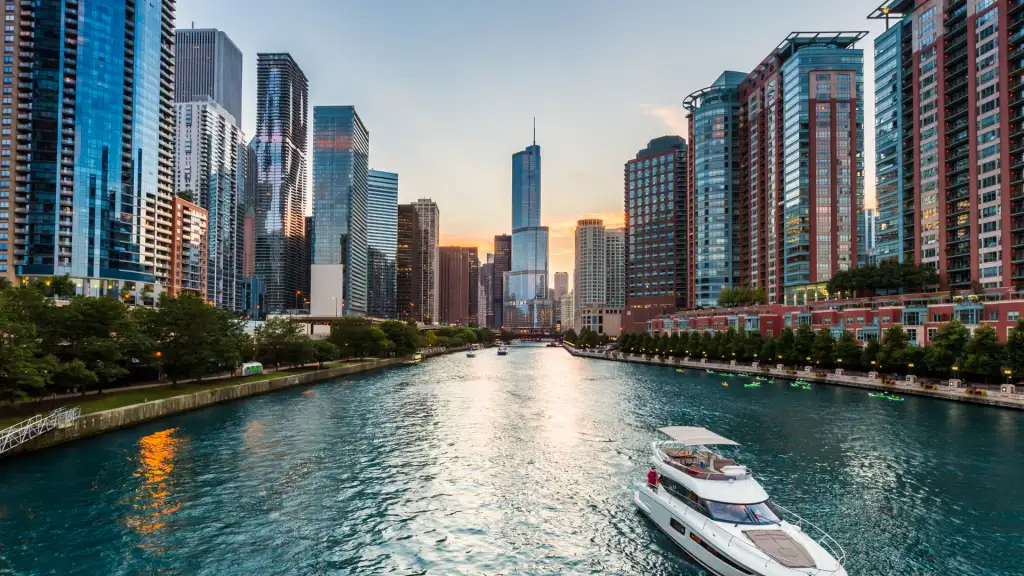 Hotel & Lodging Deals
$229+
Hotel & Lodging Deals
$229+
$188 -- Honolulu: Save on Oceanview...
Abigail Lamay
 Hotel & Lodging Deals
$188+
Hotel & Lodging Deals
$188+

